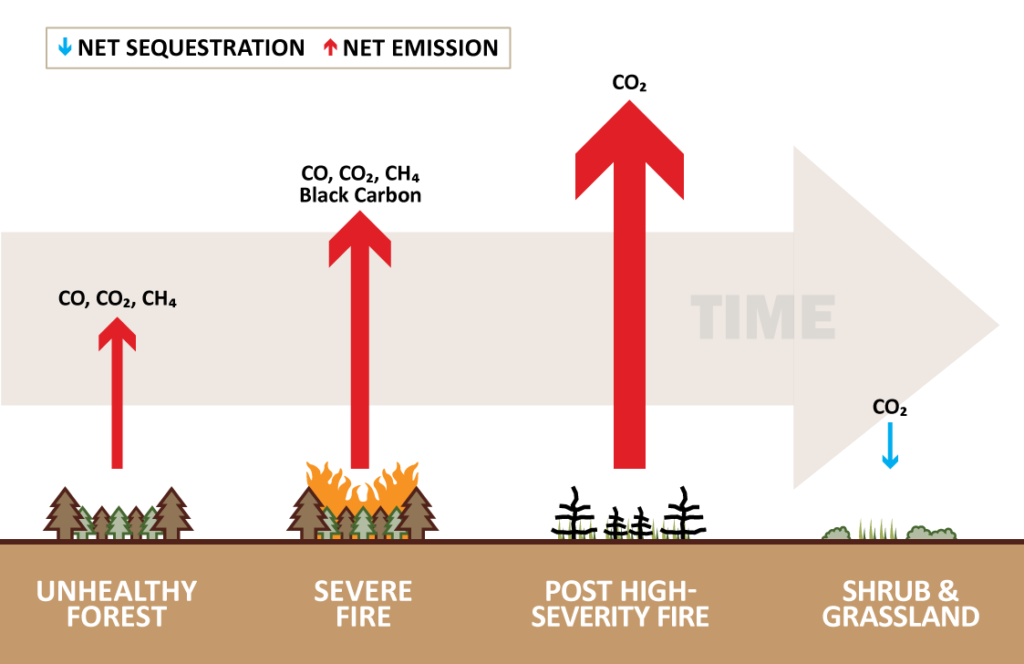by Nick Smith, HFHC Executive Director
A common tactic among anti-forestry activists is to claim managed forests are “carbon pollutors” and contributors to climate change. One notorious and well-publicized study claims more carbon could only be stored by drastically reducing timber harvests on private and public lands.
This study was picked apart by David Atkins in Treesource, where he addresses a number of questionable assumptions and conclusions. One of those is commonly made by forestry opponents, that is, if we reduce domestic timber production, Americans will use less wood. In the terms of carbon accounting, Atkins writes the study assumed no “leakage” or changes that may occur if a new carbon conservation measure was implemented.
The reality is that Americans would simply use more imported wood if domestic timber production was sharply curtailed. This wood could come from Canada. But in many cases the wood will come from third-world counties that don’t manage forests as sustainably as we do. Americans would also substitute wood with fossil fuel-intensive products like steel and concrete. Is this the kind of change that environmentalists are really looking for?
 In his article, Atkins quotes Elaine Oneil, director of science and sustainability at CORRIM, which conducts and manages research on the Life Cycle Assessment (LCA) research on the environmental impacts of production, use, and disposal of forest products:
In his article, Atkins quotes Elaine Oneil, director of science and sustainability at CORRIM, which conducts and manages research on the Life Cycle Assessment (LCA) research on the environmental impacts of production, use, and disposal of forest products:
“[The study], which asserts that growing our [Pacific Northwest] forests indefinitely would reduce the global carbon footprint, ignores that at best there would 100 percent leakage to other areas with lower productivity … which will result in 2 to 3.5 times more acres harvested for the same amount of building materials. Alternatively, all those buildings will be built from materials with a higher carbon footprint, so the substitution impact of using fossil-intensive products in place of renewable low carbon would result in >100 percent leakage.”
To reduce carbon, Americans should use more home-grown wood. Recently, a paper by Dr. Eric D. Vance was published in Forest Ecology and Management, summarizing major findings from studies of managed forest carbon budgets published over the last decade. He found there is strong evidence to suggest that active forest management offers long-term carbon benefits. In fact, he determined that forests and forests products offset 10–20 percent of carbon emissions every year!
Active forest management offers a number of additional climate-friendly benefits. It reduces the risks of unnaturally severe fire, insect infestations and disease, helping to reduce carbon emissions from those disturbances. It can serve as a substitute for fossil-fuel building materials; a 2011 US Forest Service study found that for every metric ton of wood products used, 2.1 tons of carbon is removed from the atmosphere. Active forest management can increase carbon sequestration by enhancing the ability of forests to serve as carbon sinks.
Finally, active forest management helps keep forests as forests, rather than being converted to other uses. Anyone who is concerned about climate change should support active forest management- whether it’s logging, thinning or prescribed burning. Buy American wood, and help save the planet.



